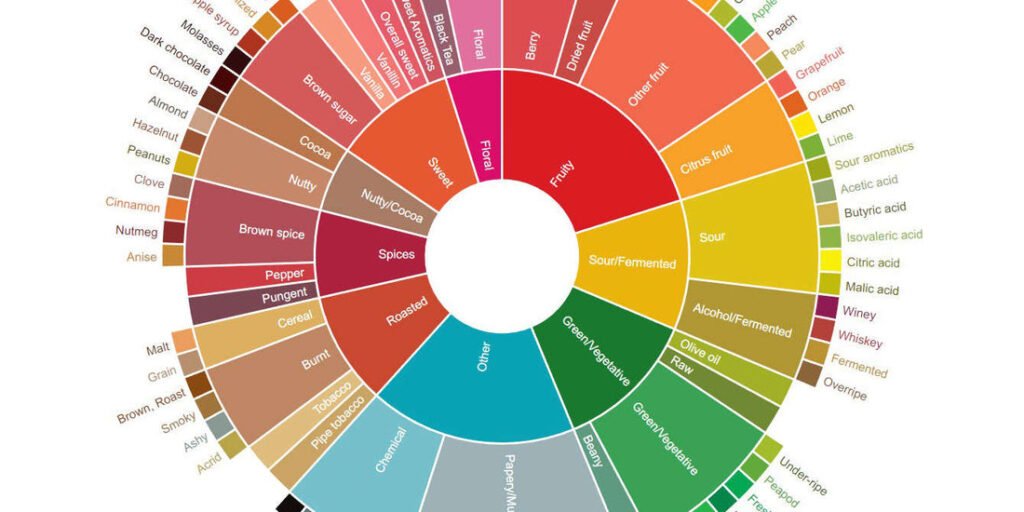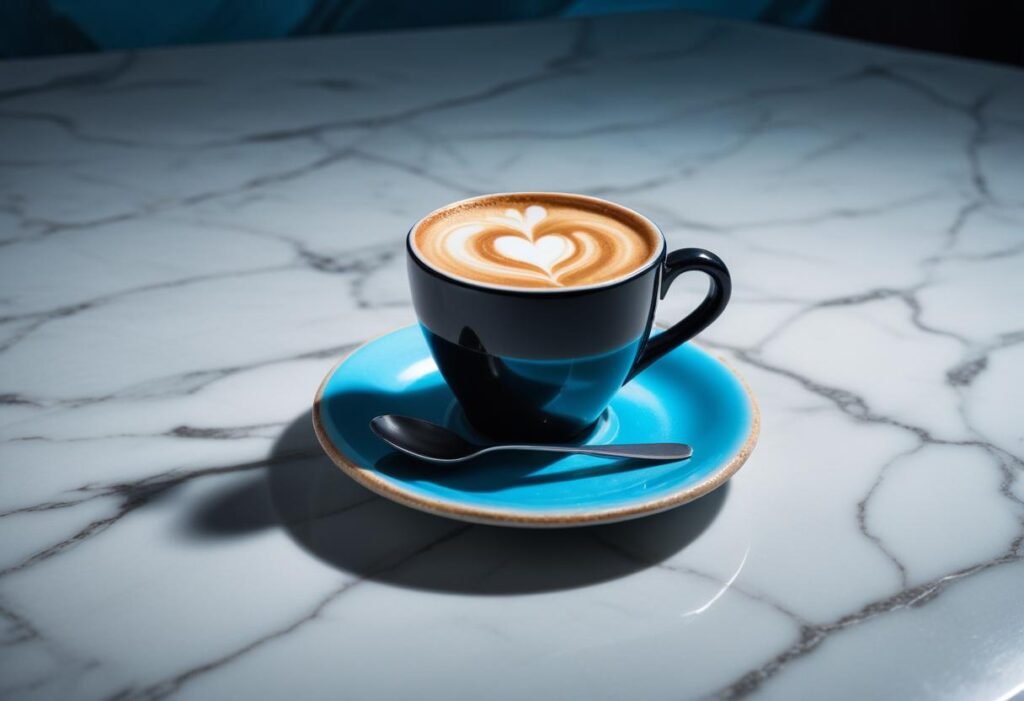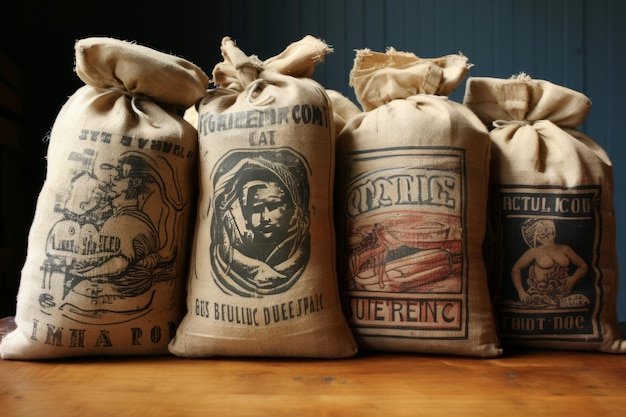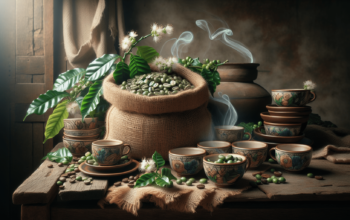What does the aroma of coffee mean to you? Is it the comforting smell that fills your kitchen on a lazy morning, or perhaps the robust scent that draws you into your favorite café? No matter how you experience it, coffee aroma is a fascinating aspect of this beloved beverage.
The Basics of Coffee Aroma
Understanding coffee aroma begins with grasping the basics of what aroma is. Aroma refers to the smell of a substance and is often distinguished from the taste of that substance. For coffee, this means that the aroma can significantly influence your perception of its flavor.
Coffee aroma is the result of numerous volatile compounds released when coffee beans are roasted. These compounds play a crucial role in the overall experience of drinking coffee. When you brew coffee, you awaken these aromas, inviting you to indulge in the uniqueness of each cup.
The Chemistry of Coffee Aroma
You might wonder what makes coffee smell so good. The answer lies in its complex chemical composition. Coffee contains over 800 volatile compounds, which are responsible for its intricate smell profile. Here are a few key compounds and what they contribute to your sensory experience:
| Compound | Description | Aroma Notes |
|---|---|---|
| Furans | Sweet, caramel-like odor | Caramel, nutty |
| Alkaloids | Bitters that enhance complexity | Earthy, spicy |
| Acetic Acid | Provides brightness | Vinegar-like |
| Esters | Sweet fruity notes | Fruits, flowers |
| Terpenes | Herbal and citrus scents | Fresh, fruity notes |
These compounds interact with each other, contributing to the rich and varied aromas found in different coffee varieties. The unique combination of these compounds helps explain why no two coffee experiences are exactly alike.

This image is property of img.freepik.com.
The Role of Roasting in Aroma
Have you ever noticed that the aroma of freshly roasted coffee is intoxicating? That’s because roasting is one of the most significant factors influencing coffee aroma. The roasting process causes chemical changes in the beans, leading to the development of various aromatic compounds.
During roasting, the heat causes a series of reactions known as the Maillard reaction, which occurs between amino acids and reducing sugars. This reaction is crucial for developing the complex flavors and aromas we associate with coffee. The longer the roast, the more intense and darker the aroma, shifting from bright, fruity notes to deep, smoky scents.
Light vs. Dark Roasts
Your choice between light and dark roasts can significantly affect your coffee aroma. Here’s how they differ:
| Roast Level | Aroma Profile | Flavor Notes |
|---|---|---|
| Light Roast | Bright, floral, fruity | Citrus, berry, tea-like |
| Medium Roast | Balanced, caramel, nutty | Chocolate, toffee |
| Dark Roast | Bold, smoky, rich | Bitter, charred, chocolate |
Choosing the right roast for your preferences can enhance your coffee experience not just through taste but also through smell!
Factors Influencing Coffee Aroma
When you think about the aroma of coffee, it’s essential to recognize that several factors influence it beyond just the roast level. Let’s break down some of the most significant factors that affect coffee aroma.
Coffee Bean Origin
The origin of your coffee beans significantly impacts the aroma. Different regions produce coffee with varying profiles due to differences in climate, soil, and altitude. Here are a few examples of how origin can shape aroma:
| Origin | Aroma Characteristics |
|---|---|
| Colombia | Sweet with notes of caramel and chocolate |
| Ethiopia | Floral and fruity, often with citrus notes |
| Sumatra | Earthy and herbal, with a rich body |
| Brazil | Nutty and soft, with chocolate undertones |
By understanding the origins of the coffee you consume, you can better appreciate the unique aroma characteristics that come with them.
Grind Size
The grind size of your coffee beans directly affects the extraction process during brewing, which can influence the aroma. Finer grinds expose more surface area to water, leading to a quicker extraction of the aromatic compounds, often resulting in a stronger aroma. Conversely, coarser grinds will lead to a more subtle aroma.
Experimenting with different grind sizes can help you discover which one produces the aroma you love the most.
Brewing Method
Your brewing method plays a crucial role in how aromas are extracted and experienced. Each brewing technique highlights different aspects of coffee’s aroma. Here’s a quick comparison of popular brewing methods:
| Brewing Method | Aroma Highlights |
|---|---|
| French Press | Rich, full-bodied aroma |
| Espresso | Concentrated, intense aroma |
| Pour-Over | Bright, clean, floral notes |
| Aeropress | Versatile, captures complex aromas |
By trying out different methods, you can find which one makes your coffee aroma shine.

This image is property of deepoceanroastery.com.
Tasting Coffee Aroma
Once your coffee is brewed, the next step is to truly savor the aroma. Tasting and smelling go hand in hand; the aroma enhances your taste experience significantly. Here are some tips to help you appreciate the aroma:
-
Smell Before Sipping: Take a moment to inhale the aroma deeply before tasting. This will prepare your senses and enhance your flavor experience.
-
Use a Tasting Cup: A tulip-shaped cup can help concentrate the aroma towards your nose, allowing you to better appreciate it as you take a sip.
-
Savor the Moment: Give your coffee a swirl in the cup to release the aromas further. You can even note any subtle changes as the coffee cools.
-
Take Notes: Jot down what aromas you detect—this can deepen your appreciation and help you identify your preferences over time.
Cultural Connections to Coffee Aroma
Coffee isn’t just a beverage—it’s a cultural phenomenon. Different cultures have various rituals and practices surrounding coffee that highlight its aroma. Here are a few examples of how some cultures celebrate coffee aroma:
Ethiopia
In Ethiopia, coffee is more than a drink; it’s an essential part of hospitality and socializing. The bunna ceremony involves roasting beans in front of guests, filling the air with an intoxicating aroma. The beans are ground and brewed in a traditional pot called a jebena, and the process itself creates an aromatic experience that brings everyone together.
Italy
In Italy, espresso is a significant part of daily life. The unique aroma of freshly brewed espresso, rich with intense notes, creates a sense of community in cafés. Italians often enjoy their coffee with a moment of pause, allowing the aroma to envelop them before taking a sip.
Sweden
In Sweden, the tradition of fika—a break for coffee and pastries—is a cherished social ritual. The aroma of coffee plays a crucial role in this calming experience, as people gather over coffee to chat and enjoy life’s simple pleasures.

This image is property of www.espressolite.com.
Conclusion: The Aroma Journey
As you’ve seen, the aroma of coffee is a mesmerizing journey that captivates the senses and enhances your experience. From the carefully selected beans to the intricate brewing methods, every step along the way contributes to the rich tapestry of scents that define coffee.
Whether you relish the floral notes of an Ethiopian brew or the boldness of a Sumatra, understanding the significance of coffee aroma can deepen your appreciation for this beloved beverage. So, the next time you brew a cup, take a moment to indulge in the delightful aromas it offers, and consider how they connect you to cultures, traditions, and the unique characteristics of each bean.
You might just find that the world of coffee aroma is not just about smell; it’s about the stories and experiences that come with each whiff. Enjoy your coffee with a newfound appreciation for the aromatic marvels it brings!



